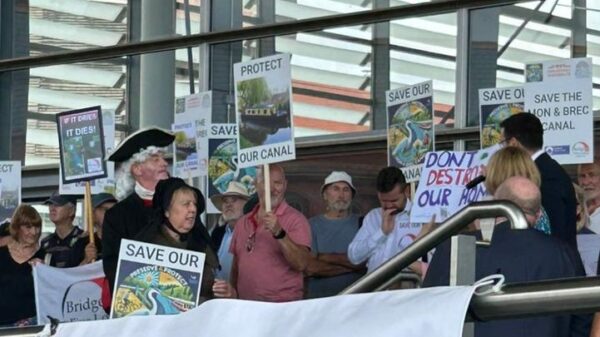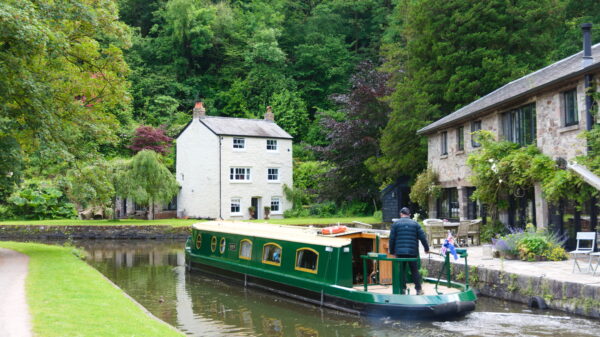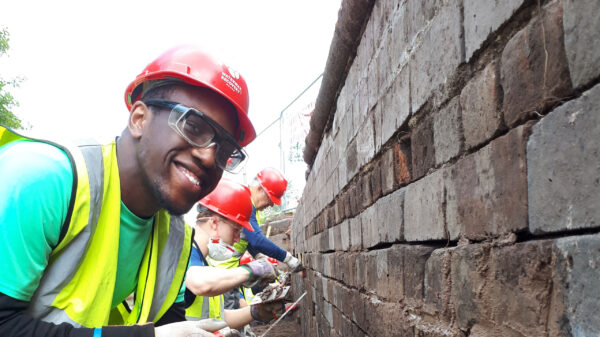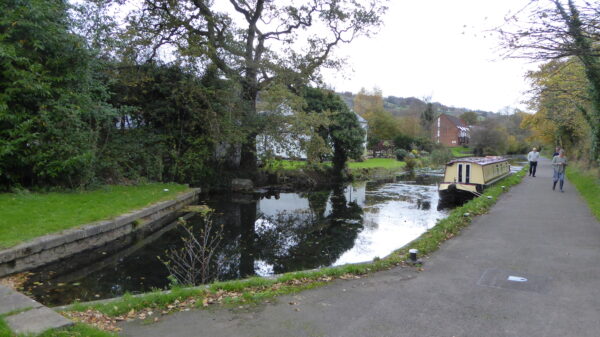Restoration Potential
The unrestored portion of the Monmouthshire Canal and its Crumlin Arm is mostly urban and heavily locked, but would provide a coastal access route as well as increasing the length of the combined Monmouthshire, Brecon & Abergavenny Canals to make them an even more viable waterway holiday destination.
[The photo shows Cwmbran Tunnel on an unrestored section of the Monmouthshire Canal]





